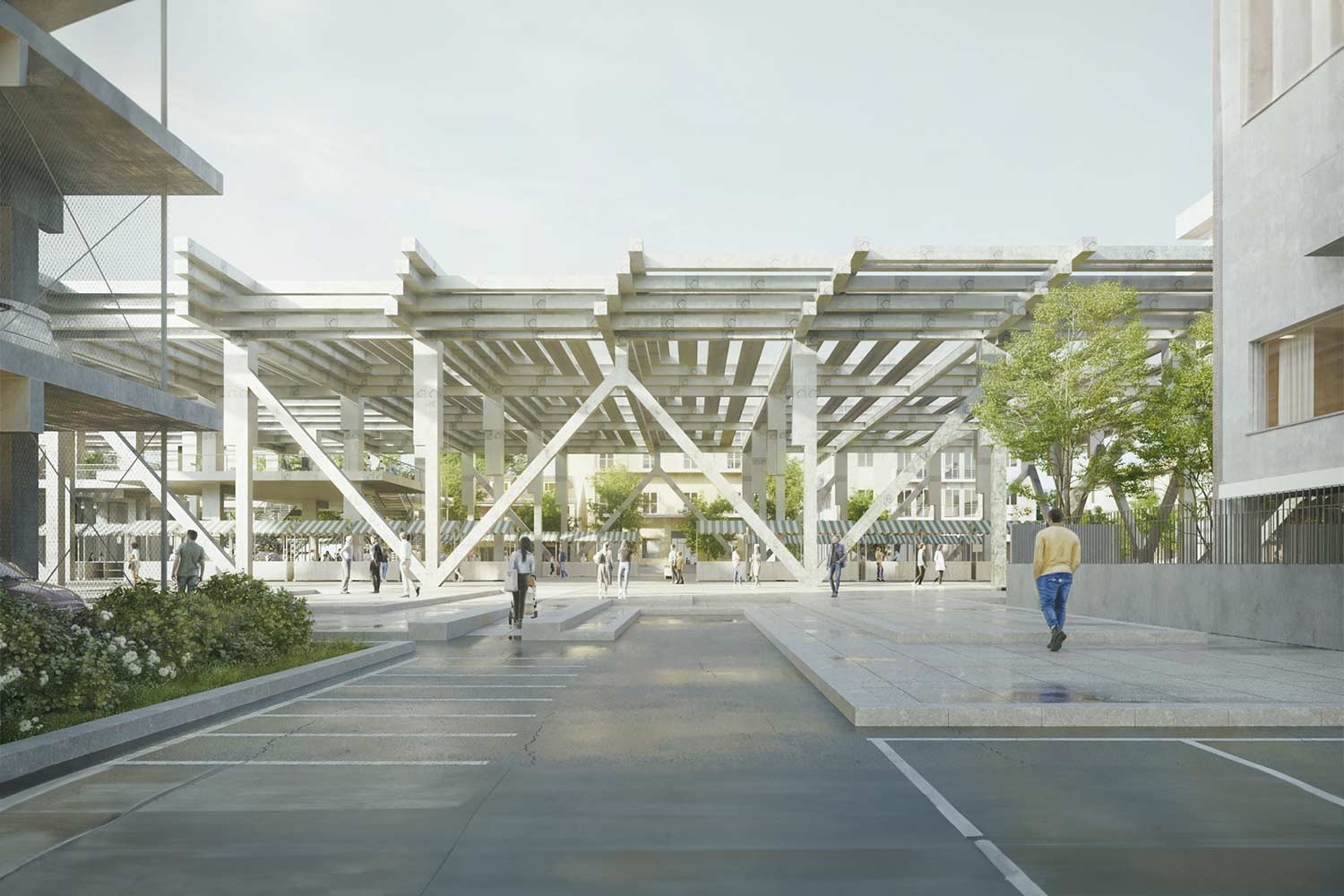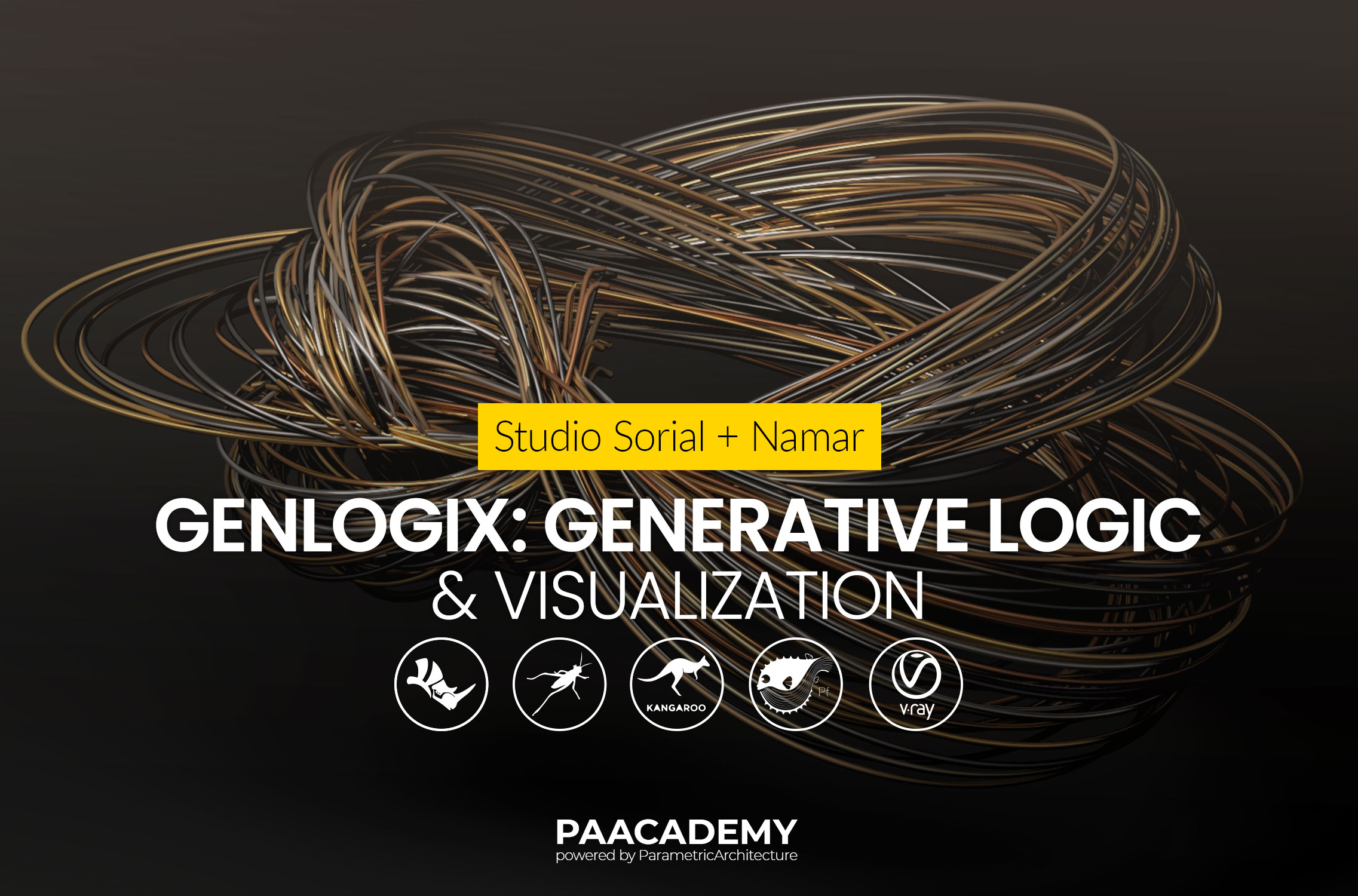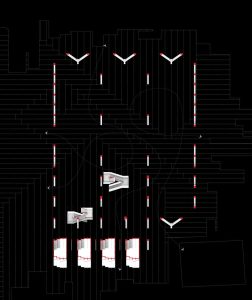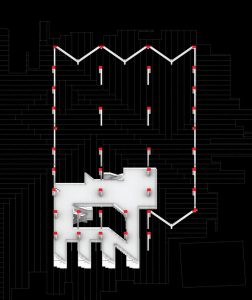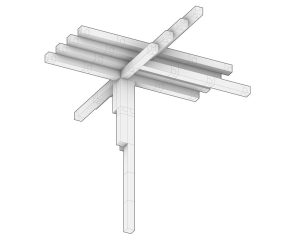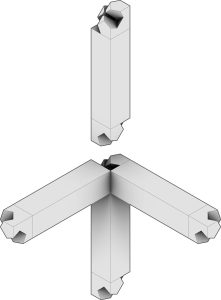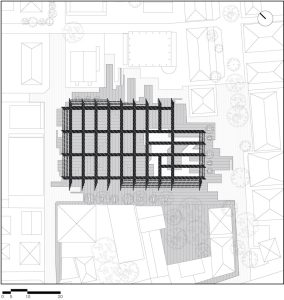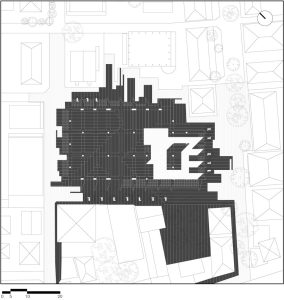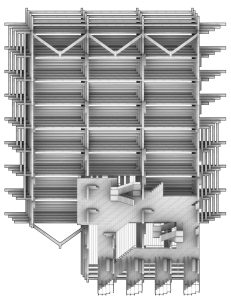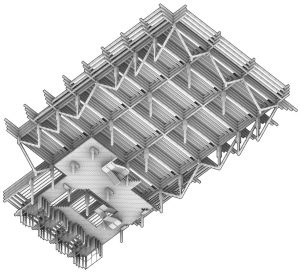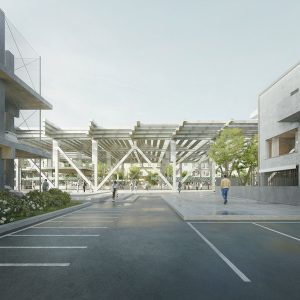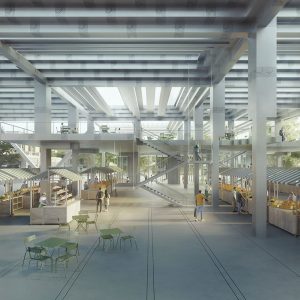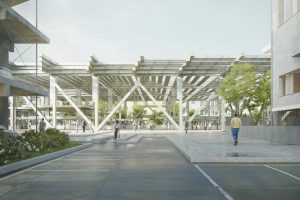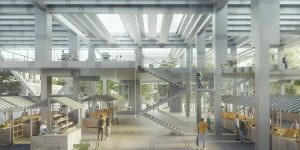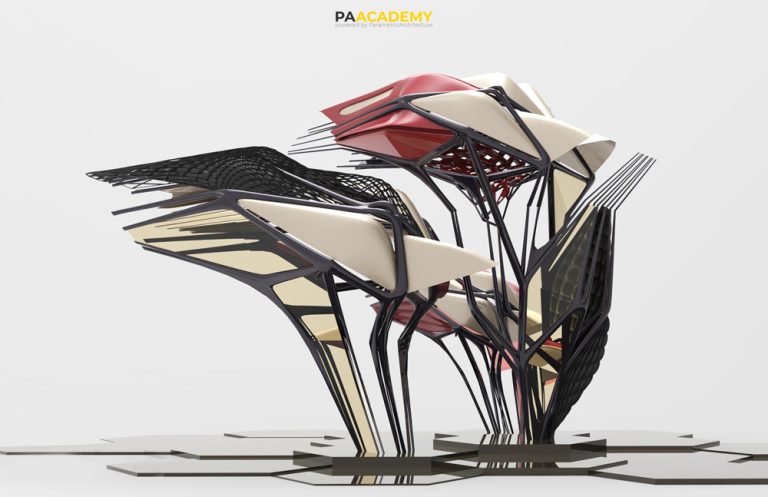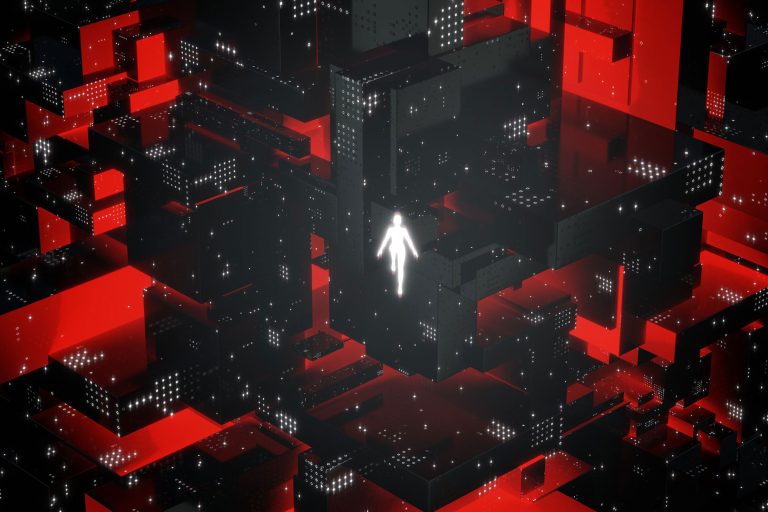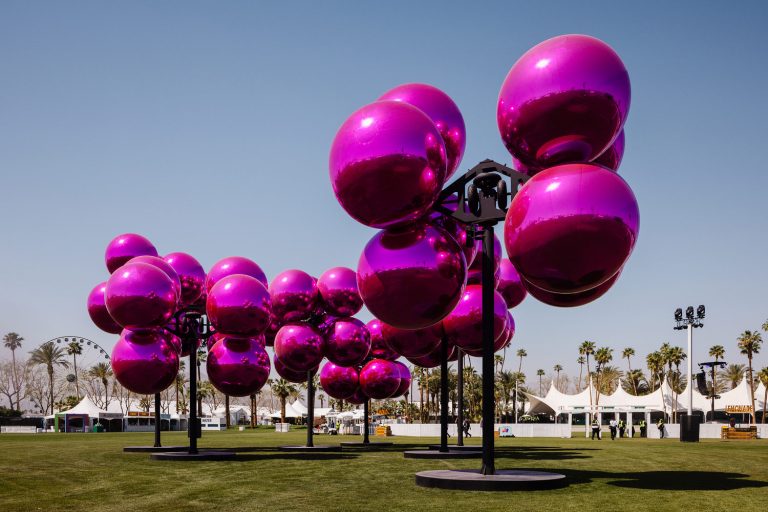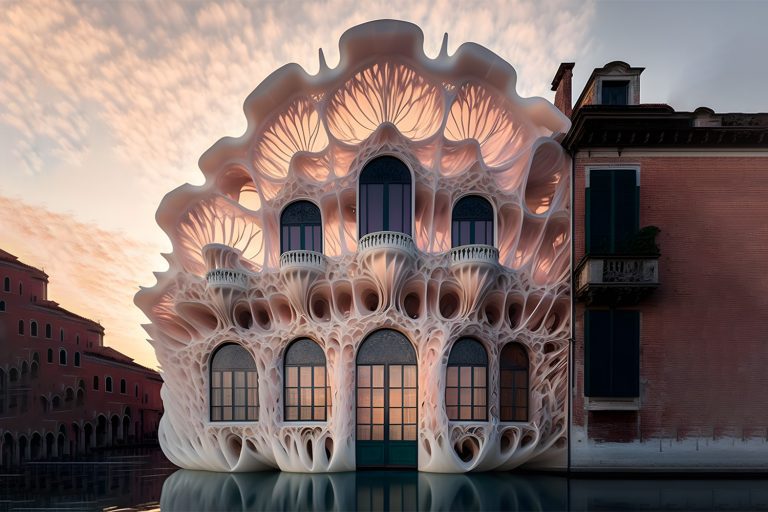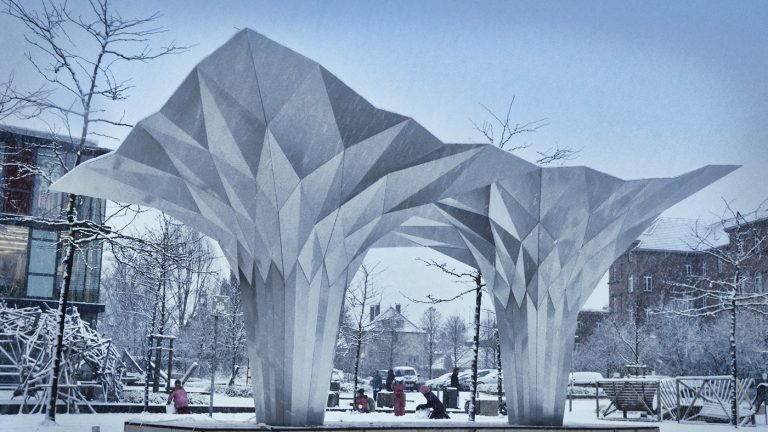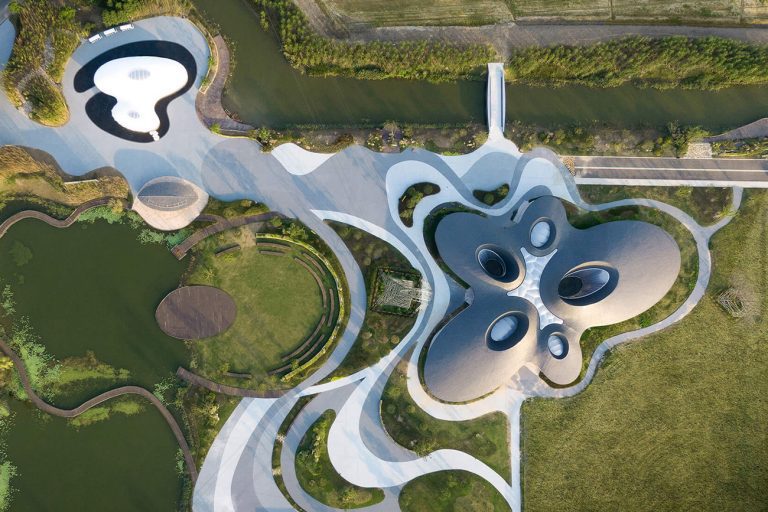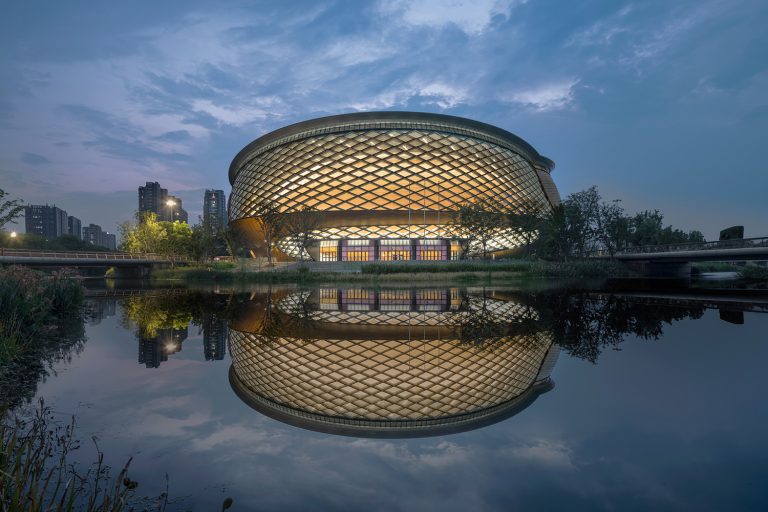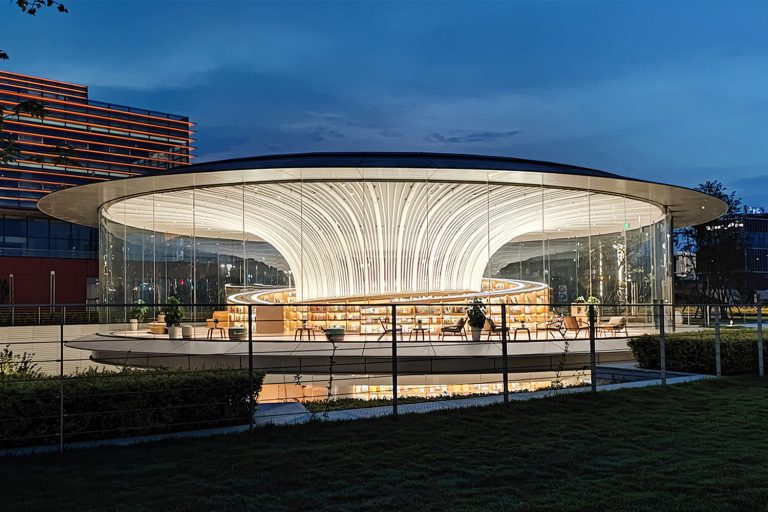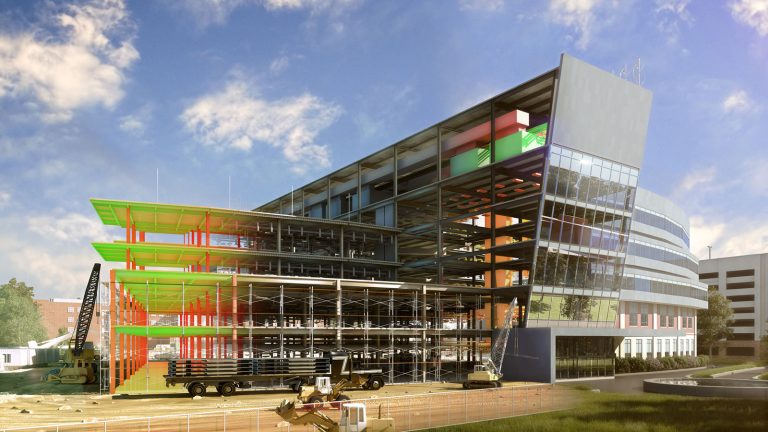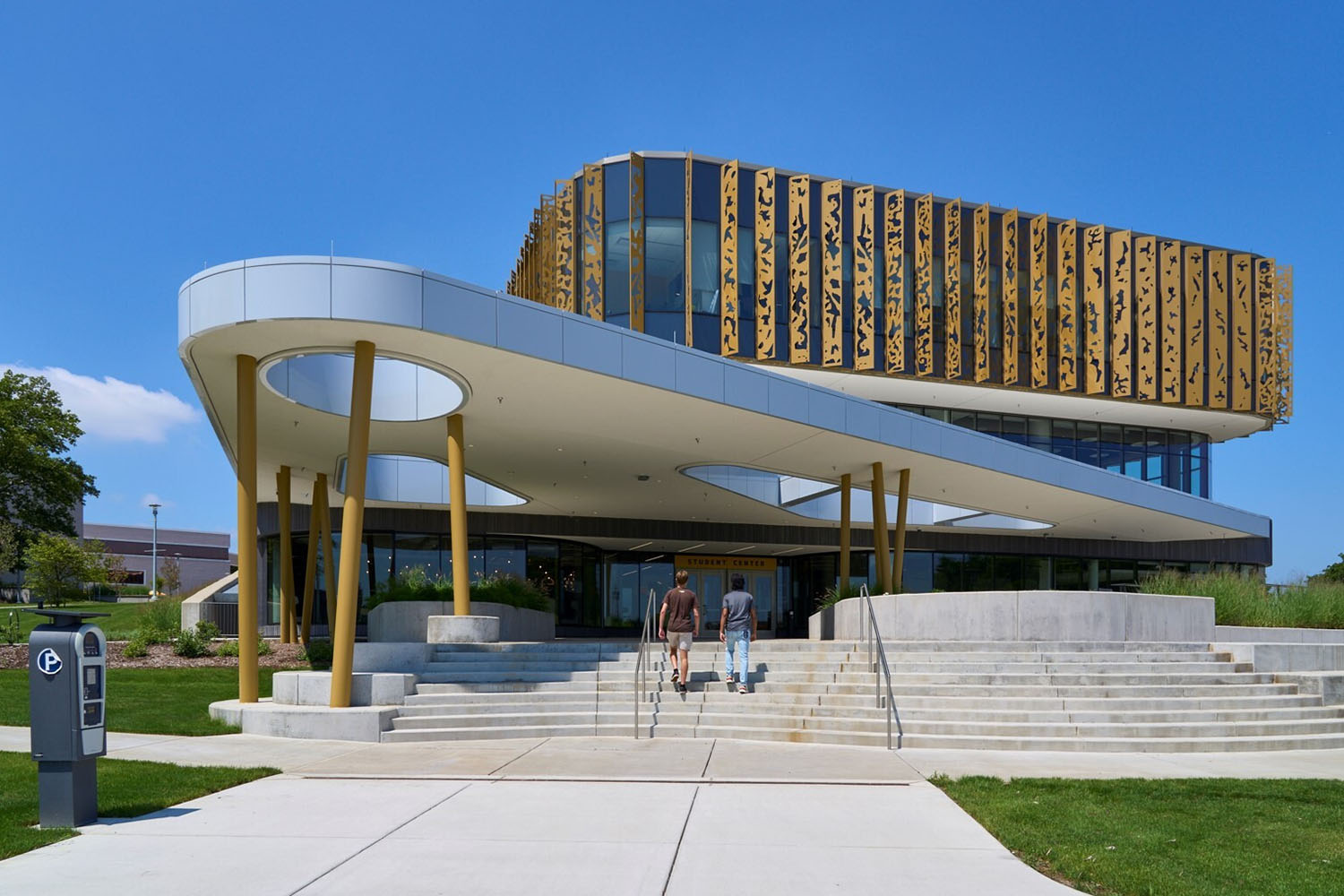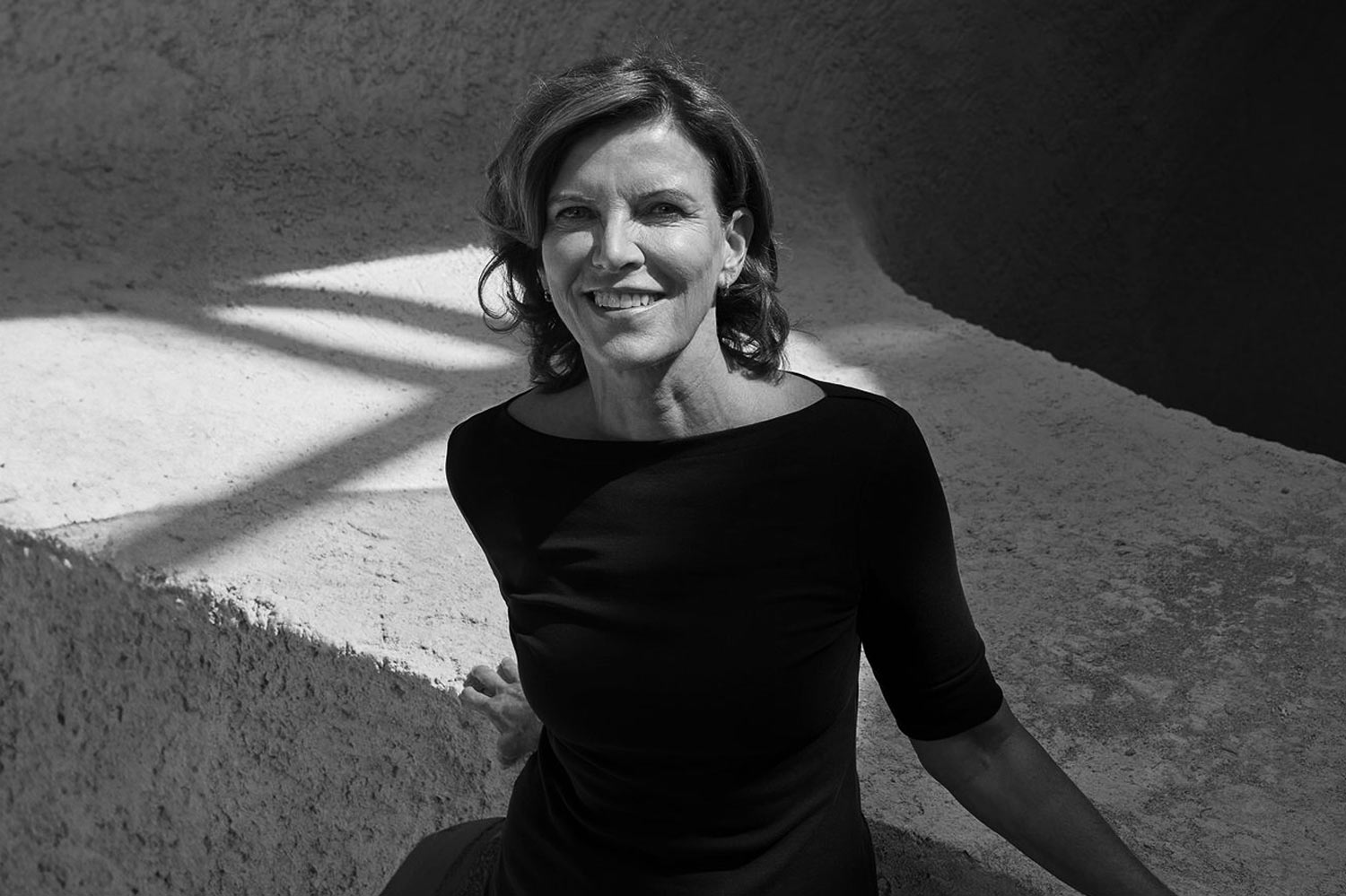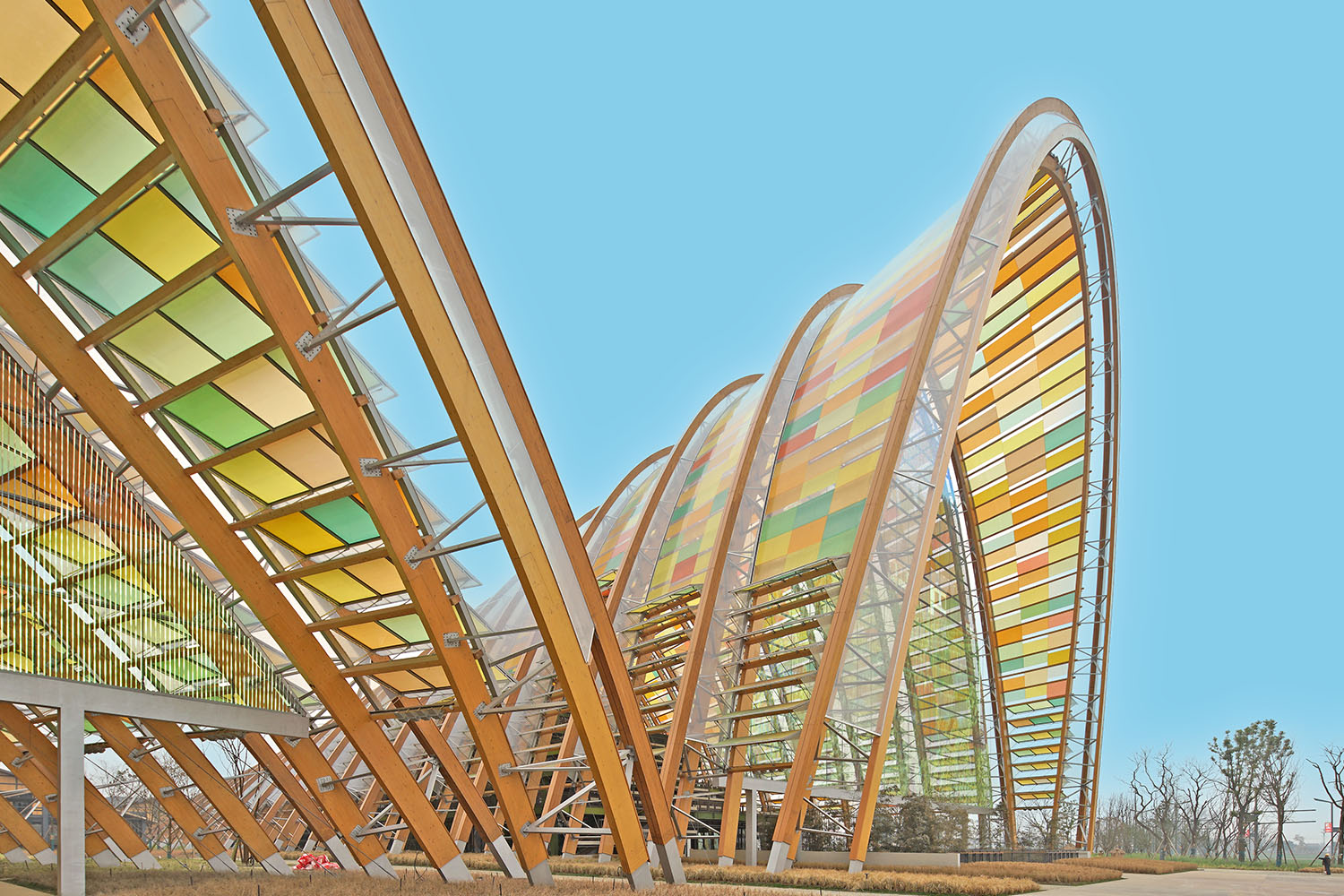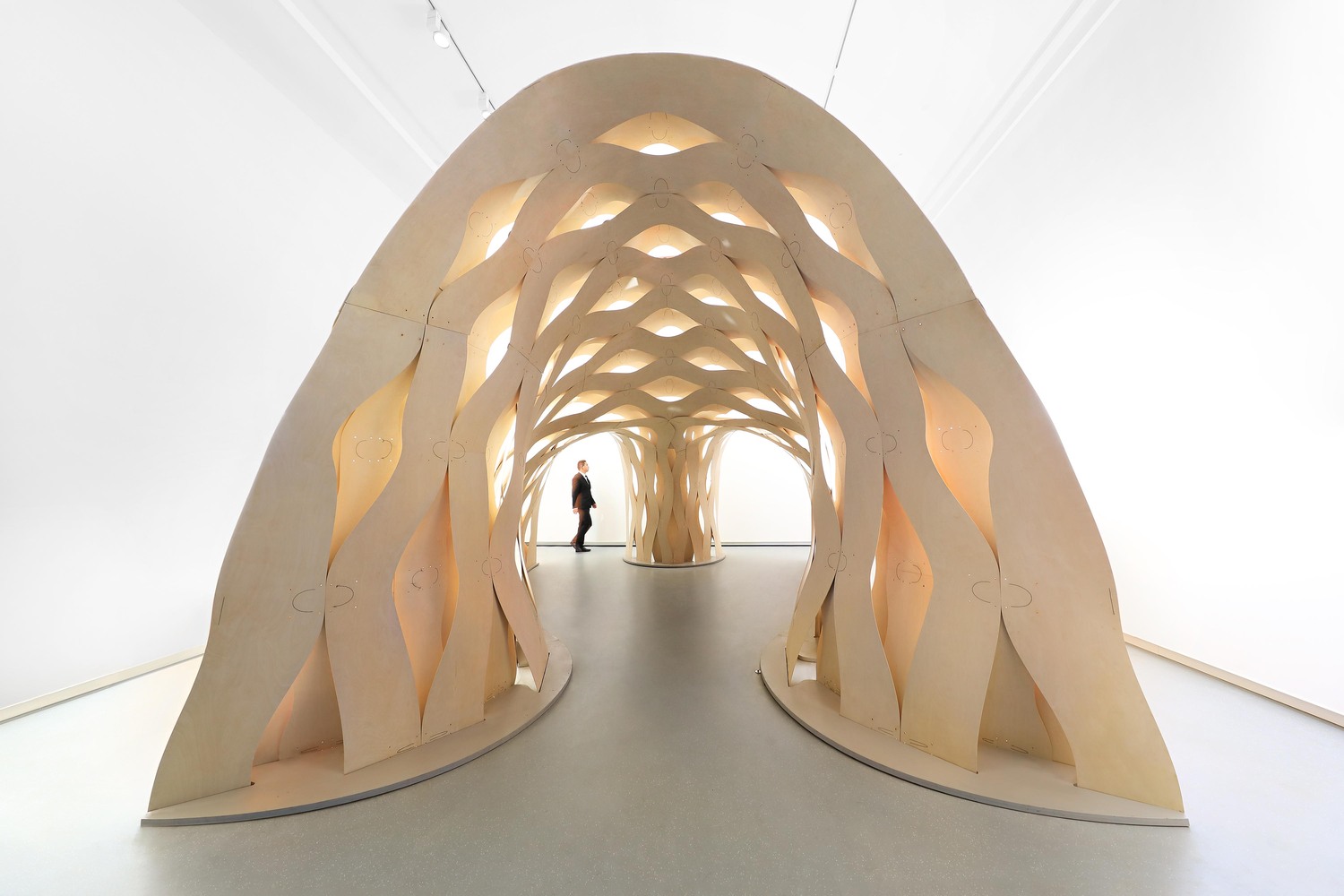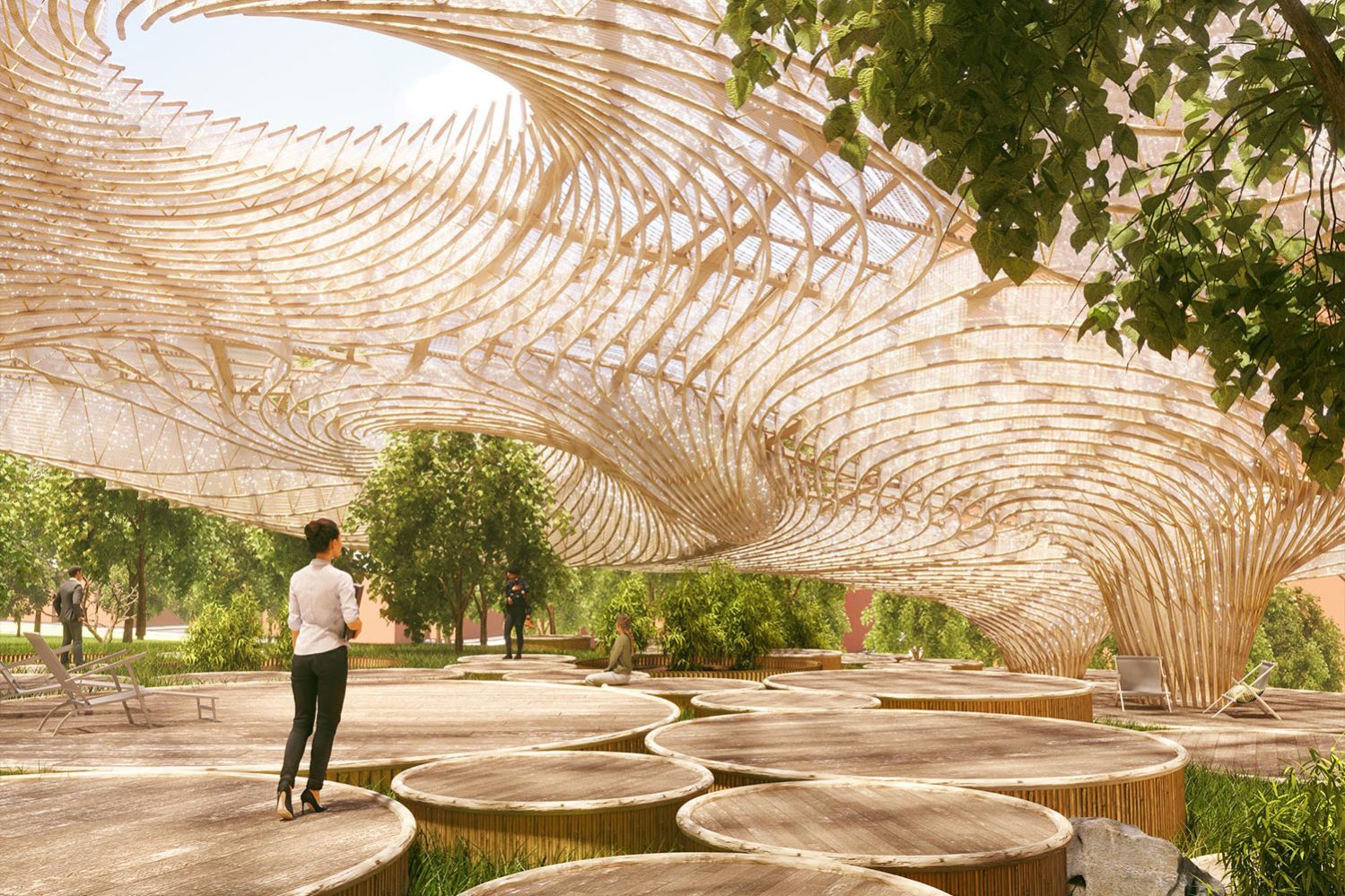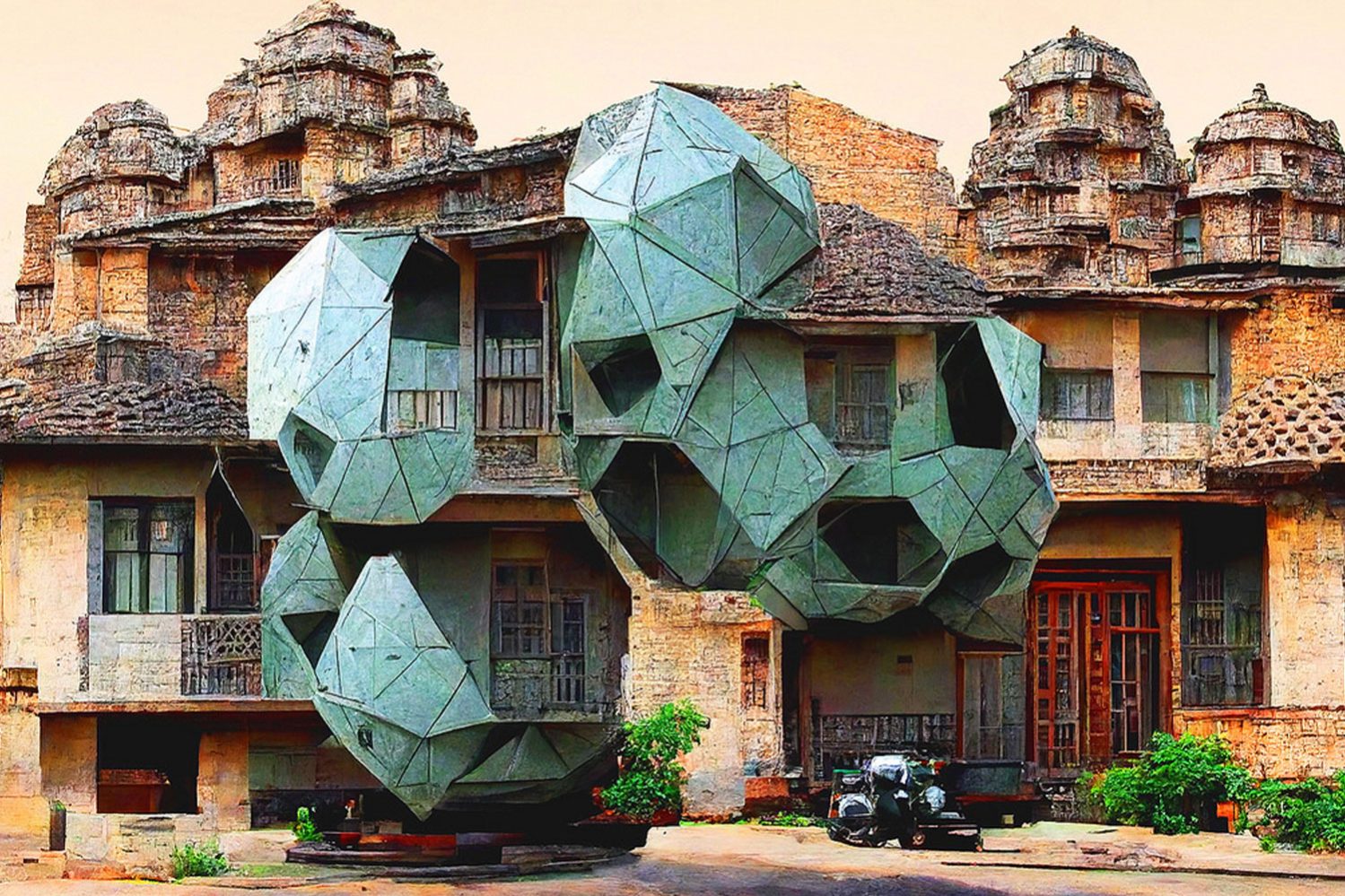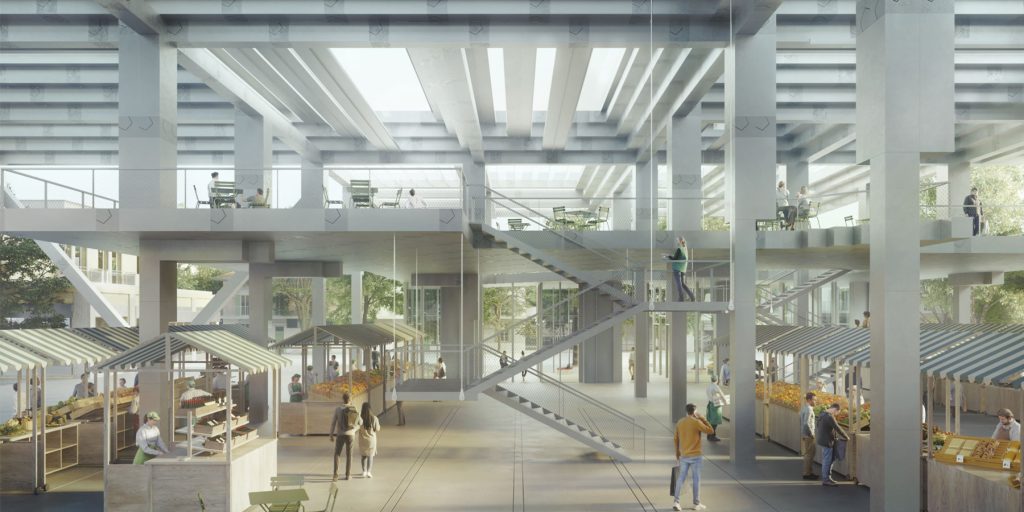
Riccione Market Square serves as a space for relationships and exchange. It adapts and transforms over time, and is the heart of social and commercial relations. Markets have played a significant role in the fortunes of historic Italian cities. For instance, the Rialto market in Venice, established in 1097, became a hub for local and international trade thanks to its warehouses.
In the 16th century, the Fabbriche Vecchie e Nuove was developed. Similarly, the Mercato di Mezzo, a medieval market and the first covered market in Bologna has recently reopened its doors to Emilian food and wine excellence products. Florence’s nineteenth-century markets, San Lorenzo and Sant’Ambrogio, are iron and glass structures designed after Parisian Les Halles. They brought about a synthesis between a new building typology, commercial needs, and the historic city.
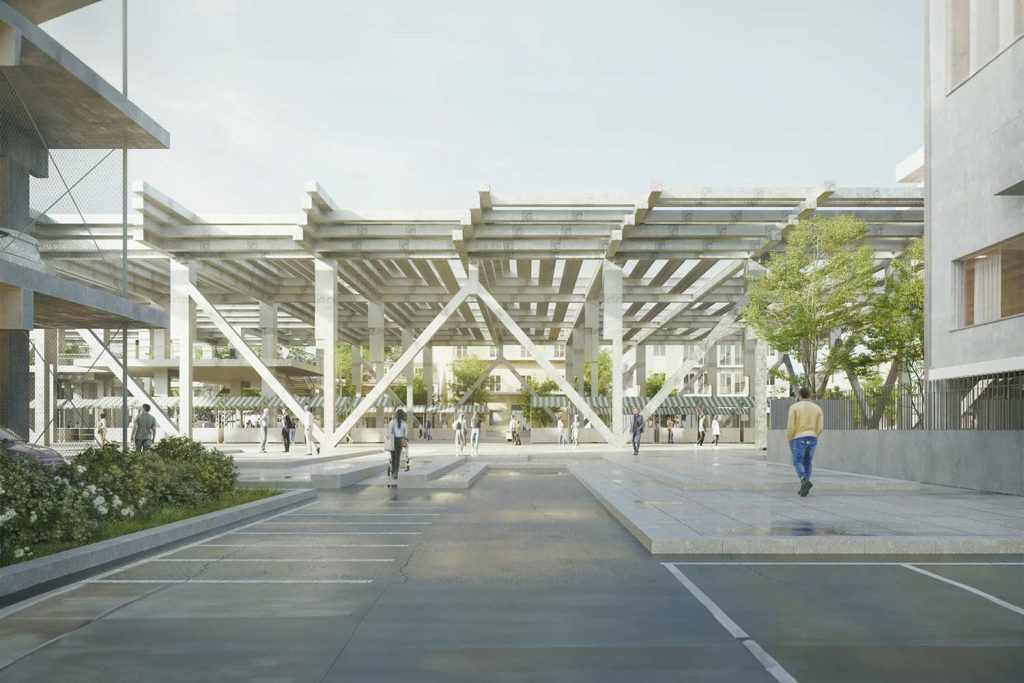
The fish market of Civitanova Marche, located along the Adriatic coast, is a great example of how small local markets can contribute to urban regeneration and promote local products. Similarly, the Market of Ravenna, whose structure was recently renovated and dates back to 1254, now serves as a place for people to come together, learn, and purchase goods. The market is conveniently located between the railway station and the Mausoleum of Galla Placidia.
“In France, every city has its own market, where one can taste and purchase traditional products: local structures and economies that do not replace large-scale distribution. Instead, they shorten supply chains and expand the product offering. We don’t need the Covid pandemic to understand that the future of our cities also depends on a stronger connection with the surrounding territory and its produce.” said designers.
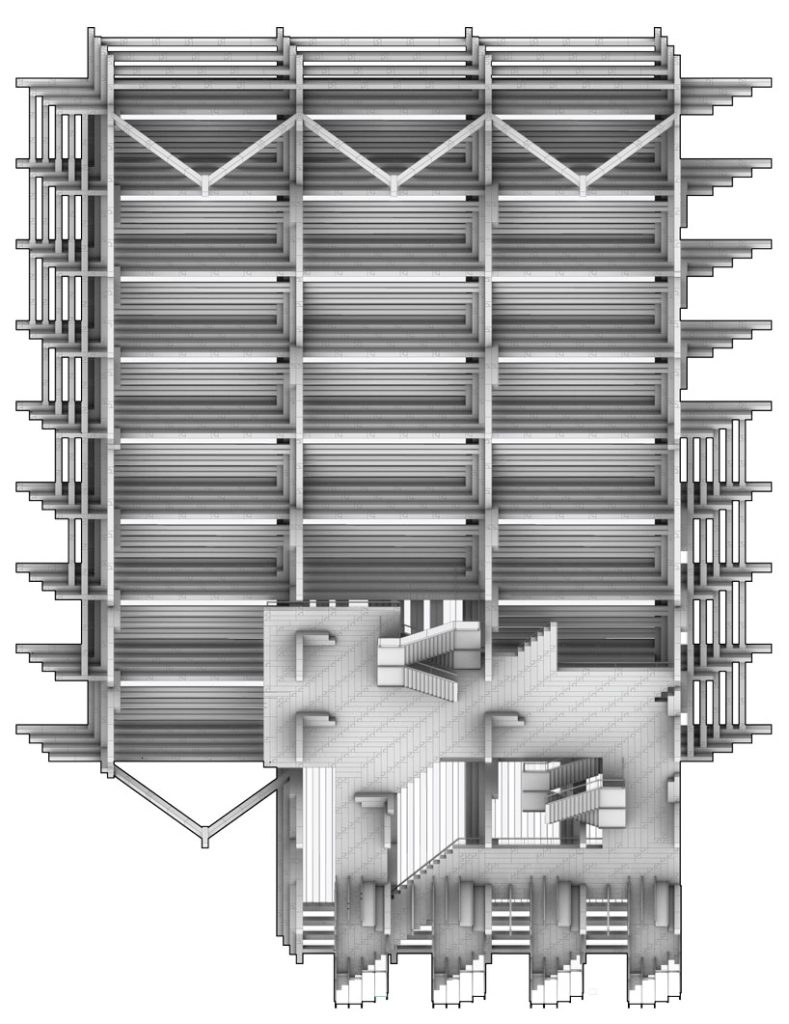
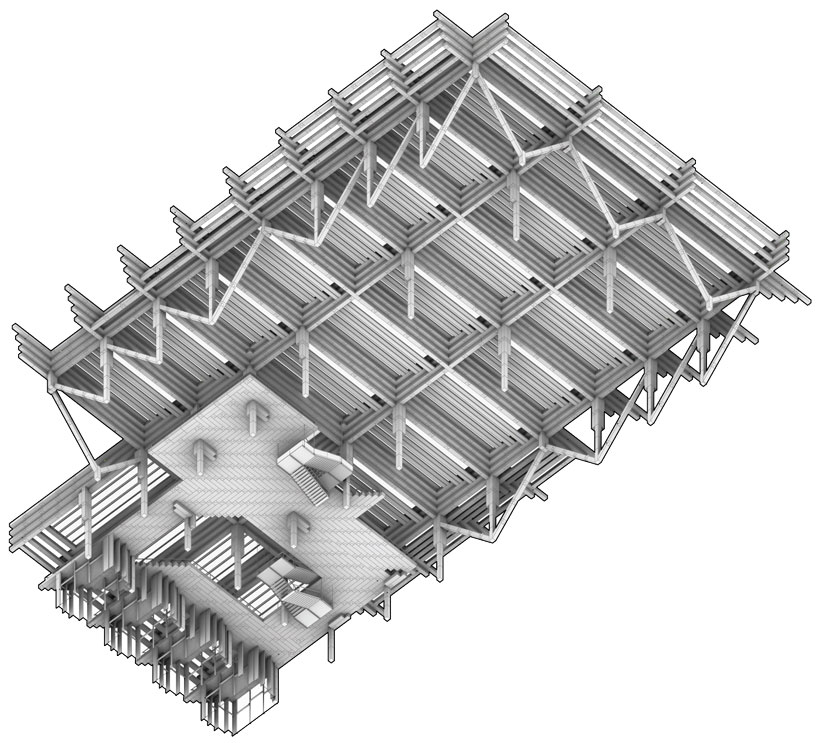
Piazza Unita, also known as the “market square,” is a significant yet unresolved area in the urban fabric of Riccione. It provides an ideal location to kickstart the city’s regeneration and aspirations. The concept is simple: a large, technological, and multifunctional roof in the center of the square – a building without facades that can provide shelter from atmospheric agents and serve as a backdrop for events and shows. It will be a place to showcase the best of the region’s agricultural, food, wine, and artisanal production.
This covered market will act as a bridge between the coast and the surrounding territory, between tourist entertainment and the excellence of the Romagna region. It will be a place to host culinary events, serve street food, and create commercial activities such as bars and restaurants, or spontaneously promote live music and literary and cultural events. The market will provide a platform for local producers and agri-food consortia to display their products, such as fresh produce, wine, oil, meat, fish, and more. It will enhance the local craftsmanship and fresh products.
The proximity to the train station could make it easily accessible for non-resident visitors and businesses in the surrounding areas. Architecture can and should play a vital role in rethinking the city and its future. It should not just focus on designing urban space or branding but, most importantly, proposing ideas that can shape the organization of social, cultural, and economic life within a community.


